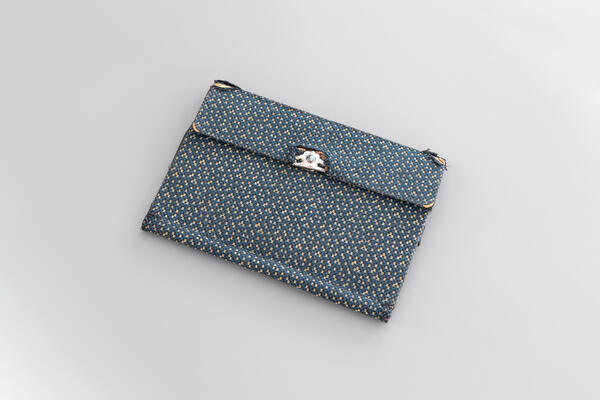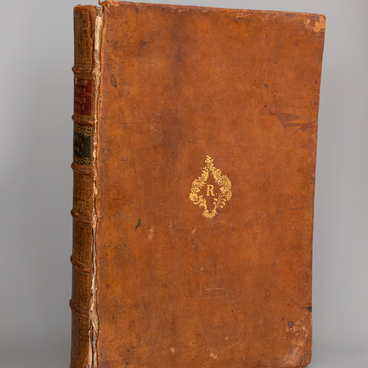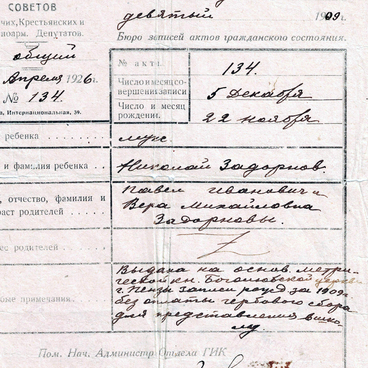The Penza Literature Museum exhibits a porte-monnaie that belonged to Pavel Ivanovich Zadornov, father of the famous writer Nikolai Zadornov and grandfather of the popular satirist Mikhail Zadornov.
Pavel Ivanovich Zadornov was born in 1875 in the city of Penza (at the time, the village of Ternovka, Penza Governorate; now Ternovka is a residential area within the city). He graduated from the Kazan Veterinary Institute and worked as head of a veterinary hospital. His wife, Vera Mikhailovna Shestakova, came from an Orthodox priest’s family. For a long time, the family lived in Central Asia, but more than once the spouses returned to Penza, where their son Nikolai — the future writer — was born. In the 1930s, during Stalin’s repressions, Pavel Ivanovich was accused of deliberate destruction of livestock, was sentenced to 10 years in prison, and died in jail. According to family stories, Nikolai Pavlovich received his father’s body and buried him on the riverbank. Later, in 1956, Pavel Ivanovich was rehabilitated. After the death of her husband, Vera Mikhailovna Shestakova returned to Penza, graduated from the Moscow Correspondence Institute of Foreign Languages and translation courses, whereupon she got a job as a German teacher at a secondary school.



